Complete Solutions to Acceleration of chapter MOTION IN A STRAIGHT LINE of Class 11 book with complete answers and questions
| Class 11 | PHYSICS |
| Chapter | MOTION IN A STRAIGHT LINE |
| NCERT FINGERTIPS | Acceleration |
| Number Of Questions | 19 |
| Academic Year | 2023-24 |
The displacement of a body is proporticonal to the cube of time elapsed. What is the nature of the acceleration of the body ?
View SolutionMatch Column I with Column II.
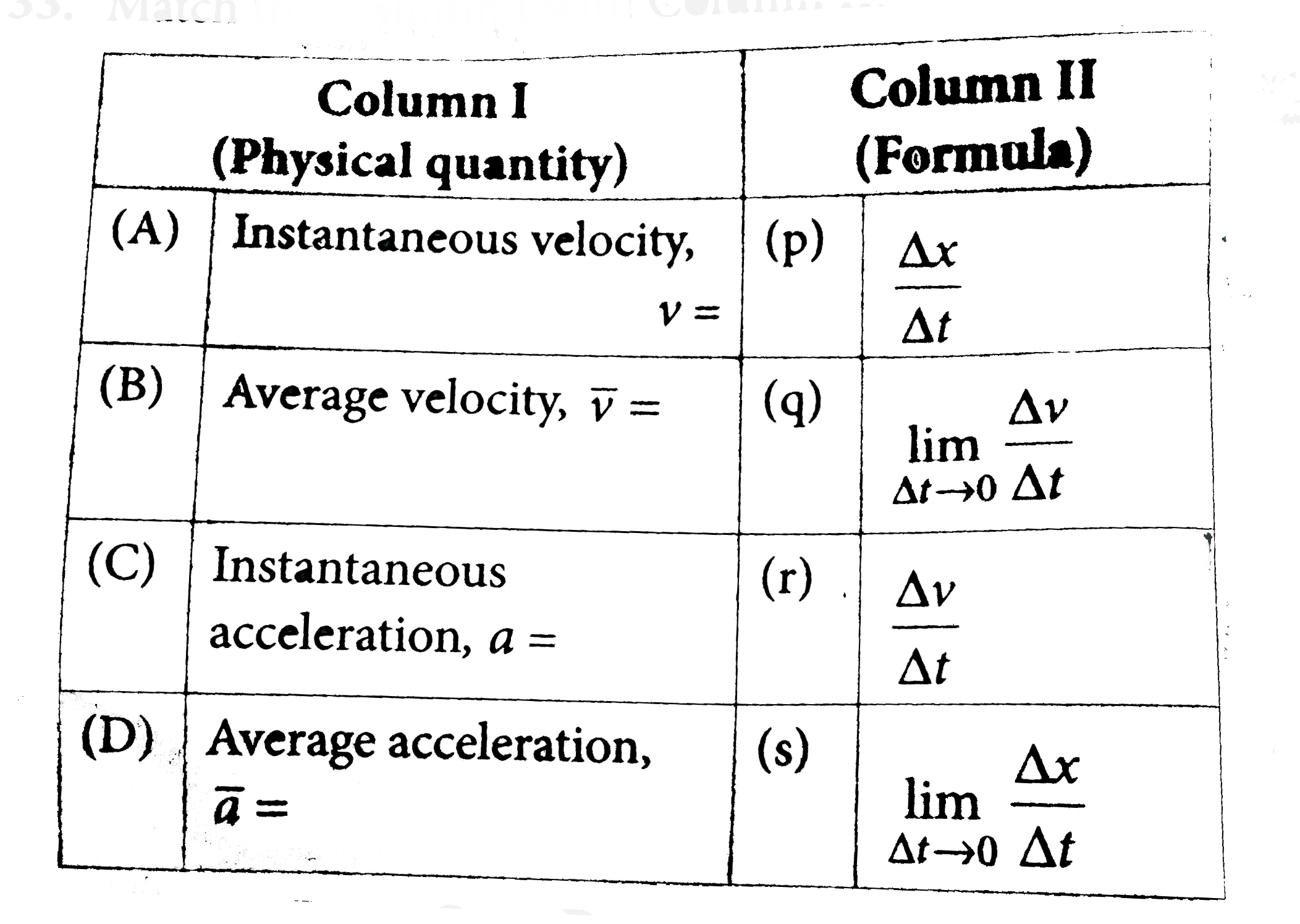
View SolutionThe slope of the tangent at a point on the curve of concentration of a reactant as a function of time gives the instantaneous rate of reaction.
View SolutionThe area under acceleration-time graph gives
View SolutionWhich of the following statements is not correct regarding the motion of a particle in a straight line?
View SolutionMatch the Column I with Column II.
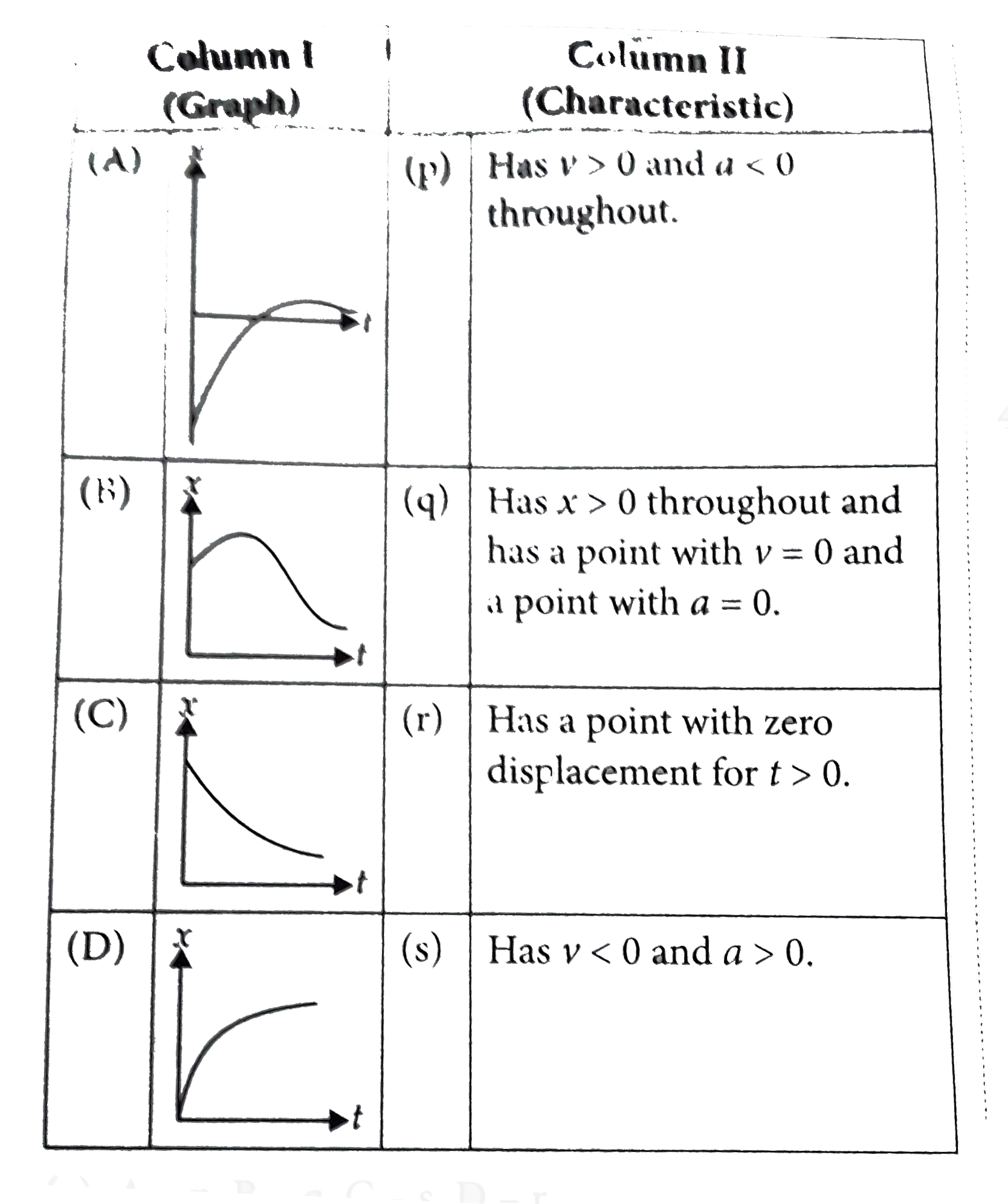
View SolutionA particle moving along a straight line has a velocity `v m s^(-1)`, when it cleared a distance of x m. These two are connected by the relation v = `sqrt (49 + x)`. When its velocity is `1 m s^(-1)`, its acceleration is
View SolutionA particle moves rectilinearly. Its displacement x at time t is given by `x^(2) = at^(2) + b` where a and b are constants. Its acceleration at time t is proportional to
View SolutionA car starts from rest, attain a velocity of `36 km h^(-1)` with an acceleration of `0.2 m s^(-2)`, travels 9 km with this uniform velocity and then comes to halt with a uniform deaceleration of 0.1 `m s^(-2)`. The total time of travel of the car is
View SolutionA point moves with a uniform acceleration and ` v_1 ,v_2, v_3` denote the average velocities in the three successive intervals of time `t _1` ,` t_2` and `t_3`. Find the ratio of ( `v_1` - `v_2`) and ( `v_2` - `v_3`).
View SolutionA particle starts from point A moves along a straight line path with an acceleration given by `a = p - qx` where p, q are connected and x is distance from point A . The particle stops at point B. The maximum velocity of the particle is
View SolutionFor the one dimensional motion, described by `x=t-sint`
View SolutionPosition-time graph for motion with zero acceleration is
View SolutionThe velocity -displacement graph of a particle is as shown in the figure. Which of the following graphs correctly represents the variation of acceleration with displacement?
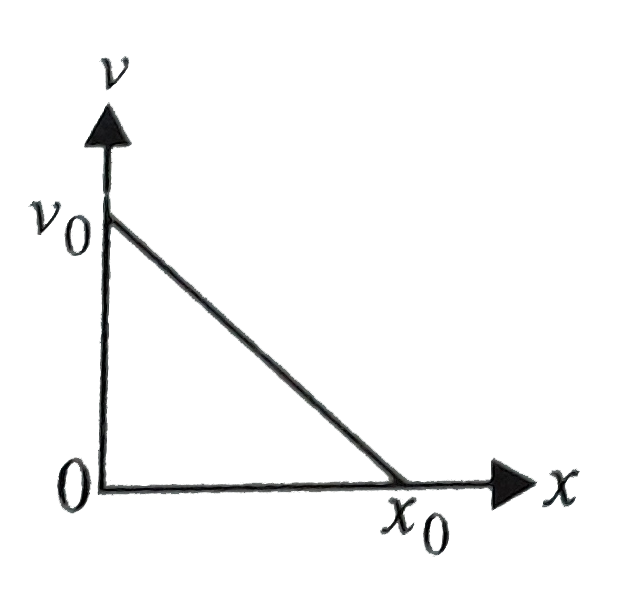
View SolutionThe velocity-time graph of a particle in one-dimensional motion is shown in the figure. Which of the following formulae is correct for describing the motion of the particle over the time interval `t_1` to `t_2`?
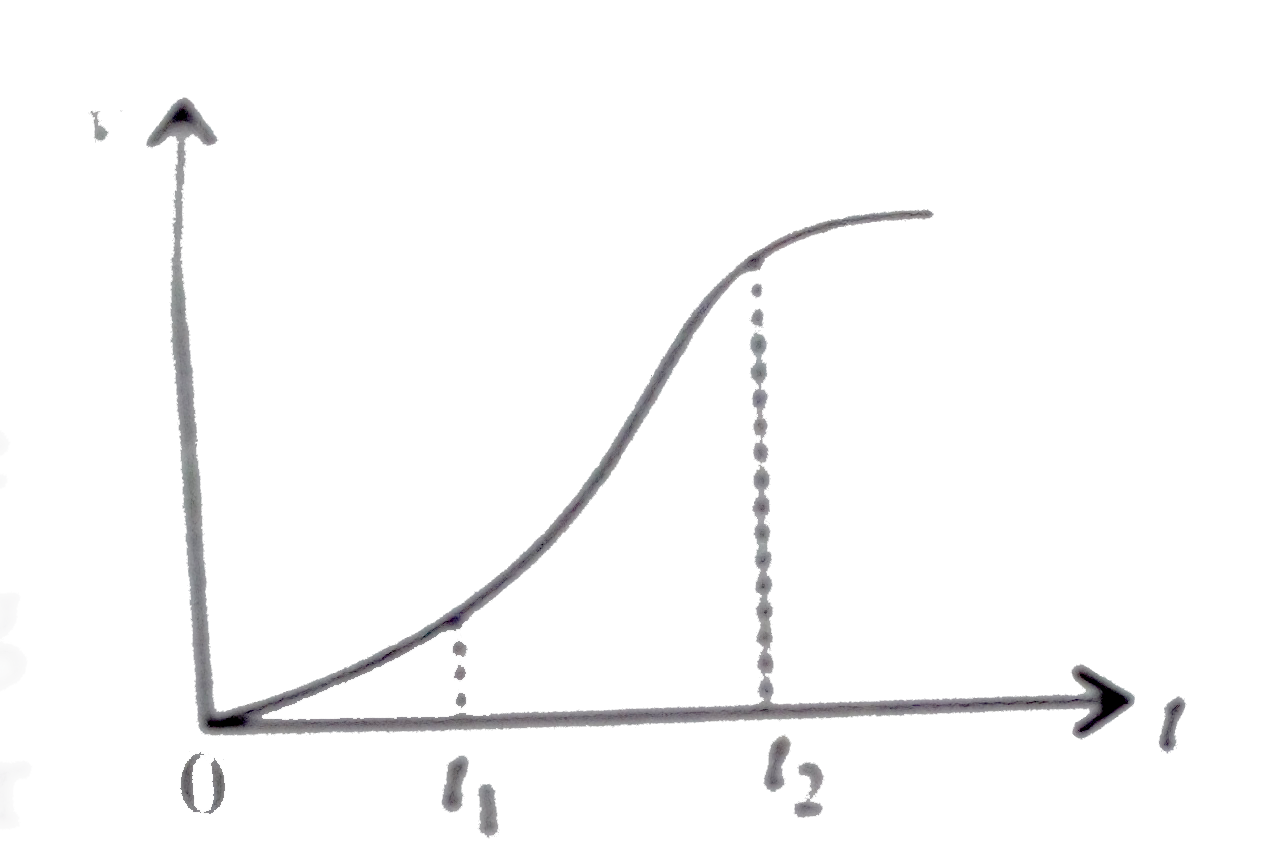
View SolutionGiven below are four curves describing variation of velocity with time of a particle. Which one of these describe the motion of a particle initially in positive direction with constant negative acceleration?
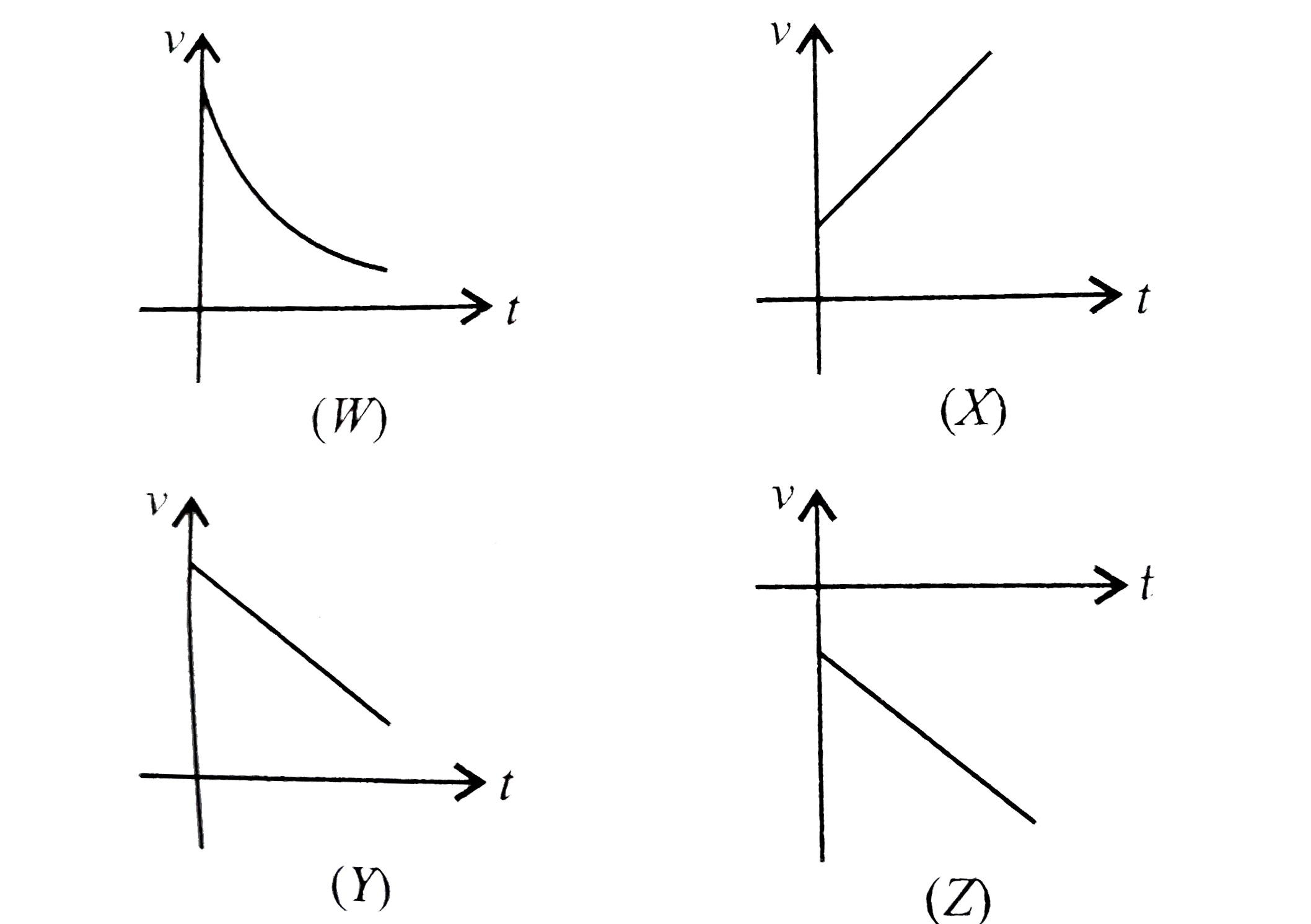
View SolutionThe speed-time graph of a particle moving along a fixed direction is shown in the Fig. (CF) . 15. The distance traversed by the particle between ` t= 2 s` and ` 6 s` is .
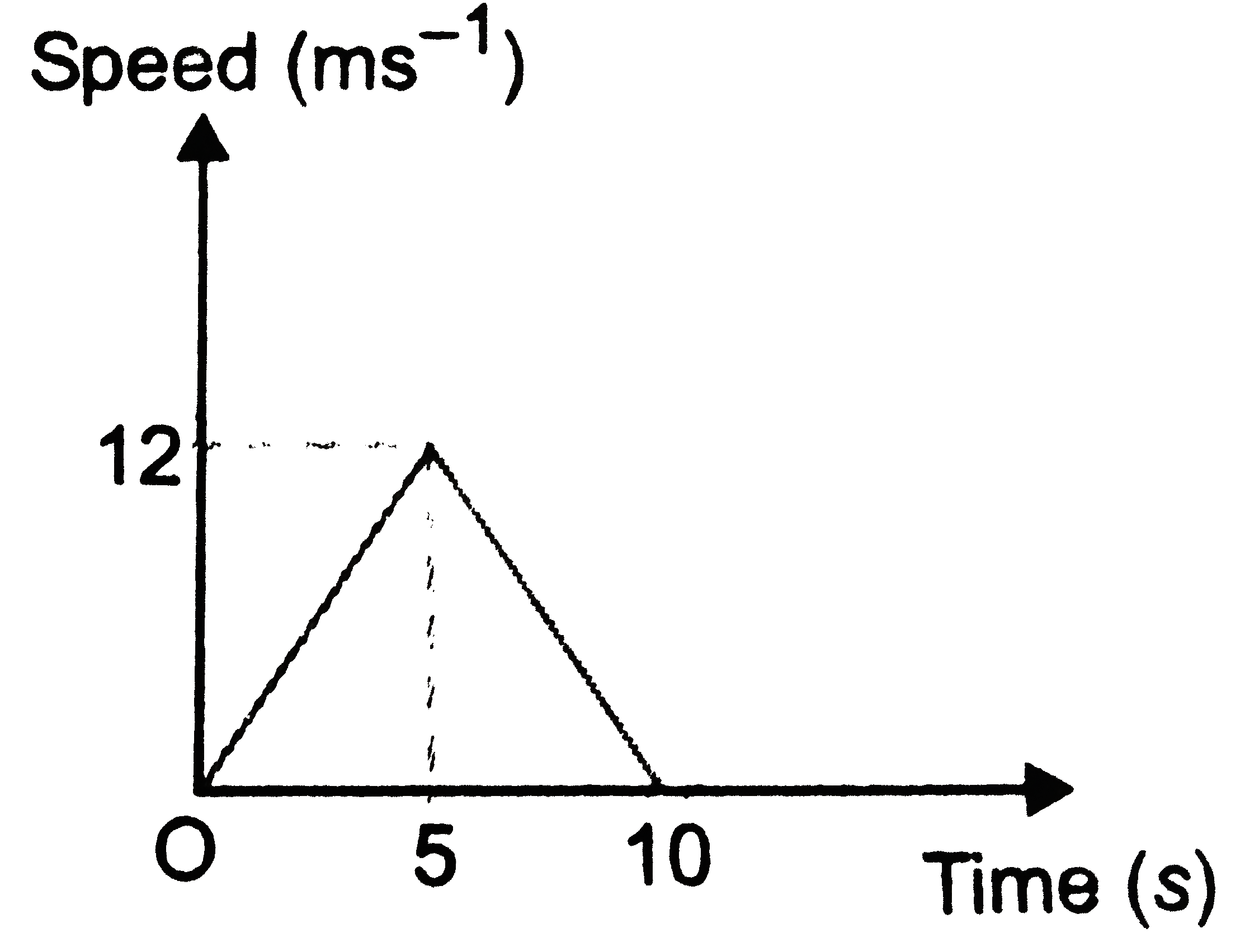 .
.
View SolutionThe given acceleration-time graph represents which of the following physical situation?
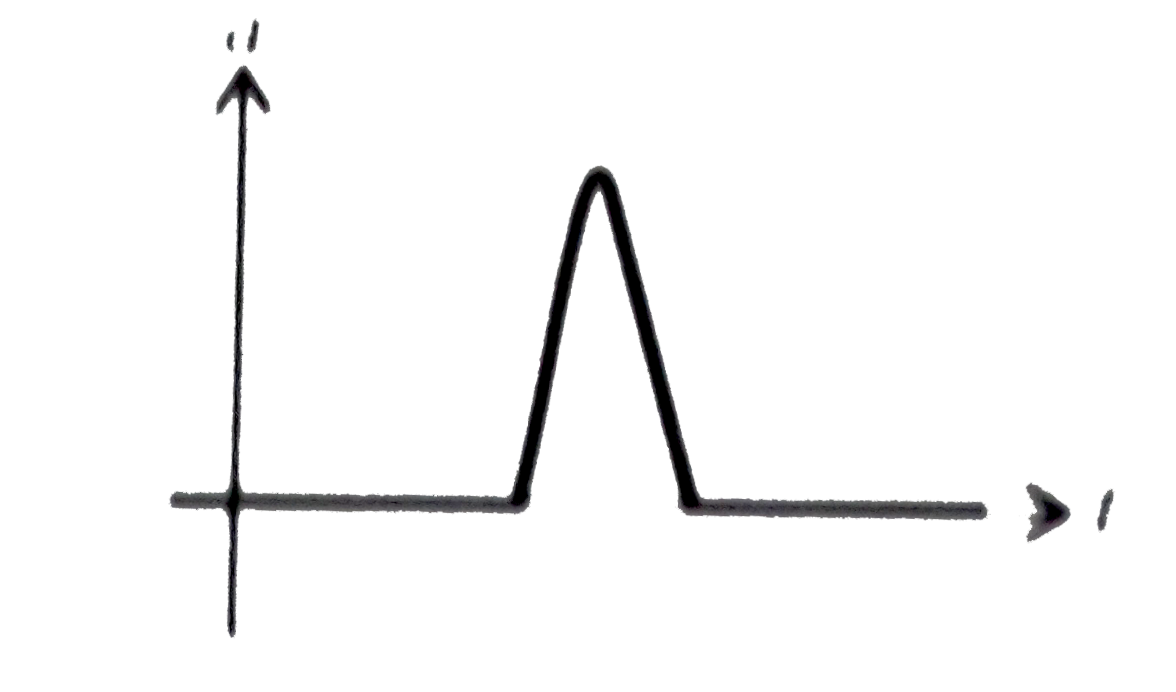
View SolutionThe figure shows a particle moving along x - axis subjected to three particles of acceleration (a). Rank the periods according to the increase they produce in the particle velocity, greatest first.
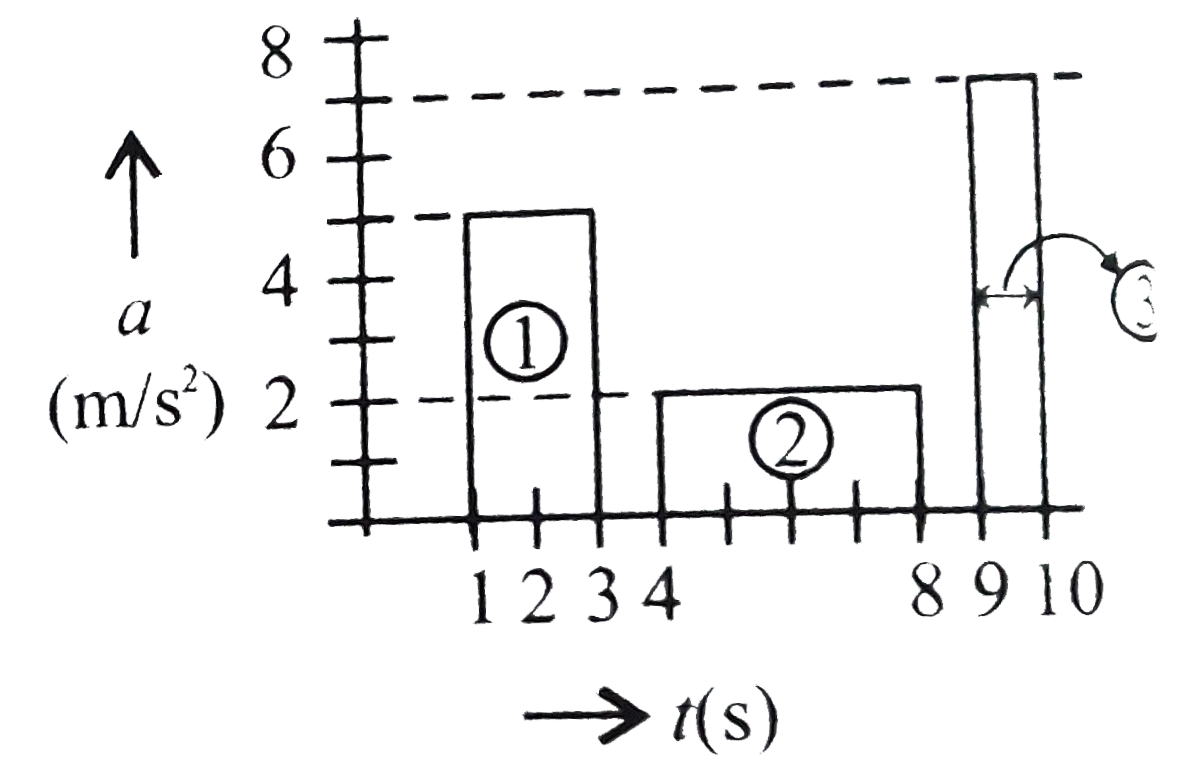
View Solution
Acceleration questions and complete solutions for chapter MOTION IN A STRAIGHT LINE of NCERT FINGERTIPS PHYSICS (HINGLISH) of Class 11